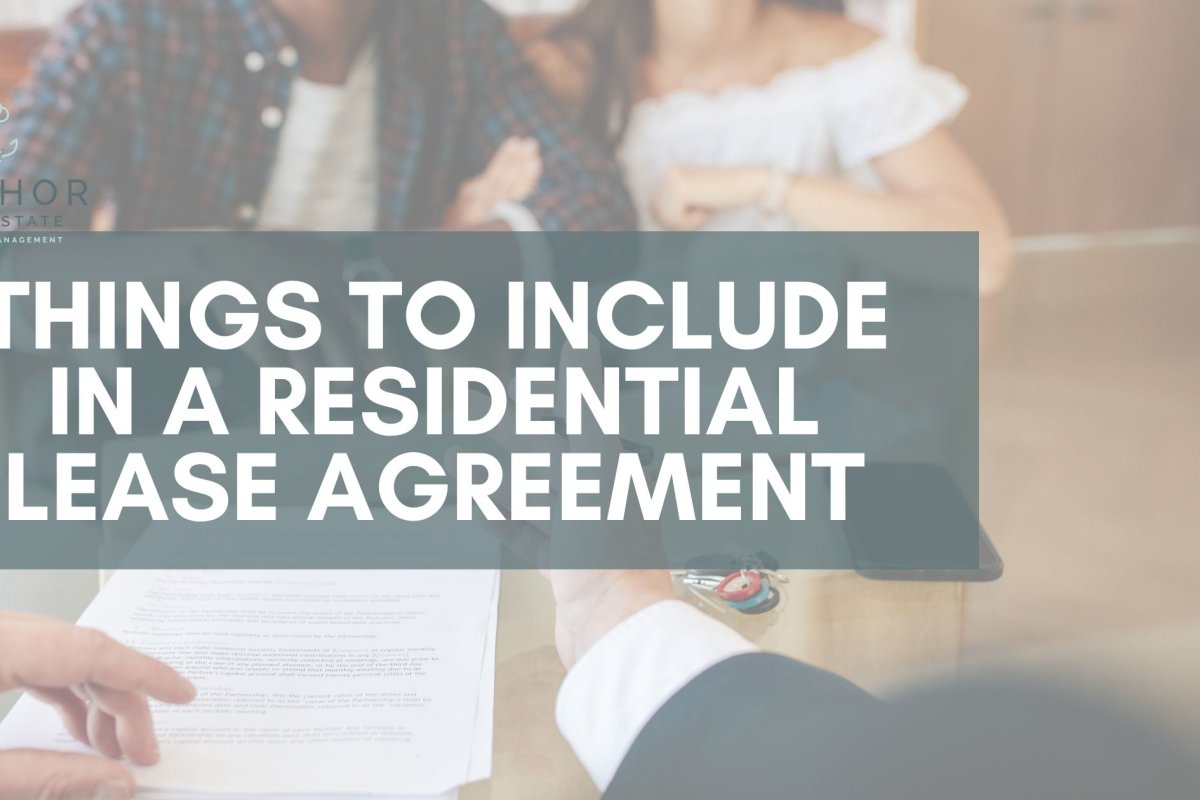A leasing agreement is a binding contract between a landlord and a tenant. It formalizes the agreed upon terms, conditions, disclosures and clauses of the two parties. The residential lease agreement contains basic information about the tenant, landlord and the property being rented out. If any conflicts arise, it is a document that can be presented in court as evidence that an agreement had been broken.
The lease agreement acts as a guide that can be a reference to the tenant and the landlord. It outlines both of their rights and obligations. It also includes the important financial figures and due dates. Below are the terms you'll tend to find in a residential lease agreement:
1. Names of all occupants
All names of the occupants of the rental property shall be written down on the leasing agreement. If the tenant happens to be a couple, both their names should appear. This translates to both being liable as tenants. The landlord can collect the rent payment from any one of them. If one fails to pay the rent, the other half of the couple is accountable to pay. If one commits a violation, both are subject to eviction.
2. Limits on occupancy
Subletting can be a popular strategy for some tenants to save further on rent costs. By covering a limit on occupancy, you automatically impose an authorization before a tenant sublets the rental unit.

Otherwise, your detailed tenant screening is useless. You won't be able to check the background of the other occupants moving into your rental space. This is a protective condition to specify and clarify the actual identity of the tenants in your rental.
3. Term of the tenancy
Different terms apply in residential leasing agreements depending on the parties' decision. It can be a month-to-month rental arrangement that auto renews if no written notice is provided. It can also be a fixed term rental arrangement where the tenant is bound to stay for a year. Typically, leases last for a year before being subject to a renewal.
4. Rent details
To make things simpler, a landlord can lay out all details in the lease such as:
- The amount of rent that's to be paid
- The rent due date (normally this is at the start of the month)
- The channel of payment (electronic fund transfer, via the office or by mail)
- The method of payment (by check or bank transfer)
- Late fees to be collected in case the rent payment is delayed (if this is permitted)
- Grace period for the late payment (if this is allowed)
- Additional fees for bounced checks
5. Applicable deposits and fees
Conflicts can be avoided when conditions regarding the security deposit are specific on the residential leasing agreement. Here are things that should be stated:
- The exact figure of the security deposit to be collected from the tenant (review state laws for compliance on the maximum limit of the deposit amount)
- The deductions that will affect the security deposit such as repair fees...

